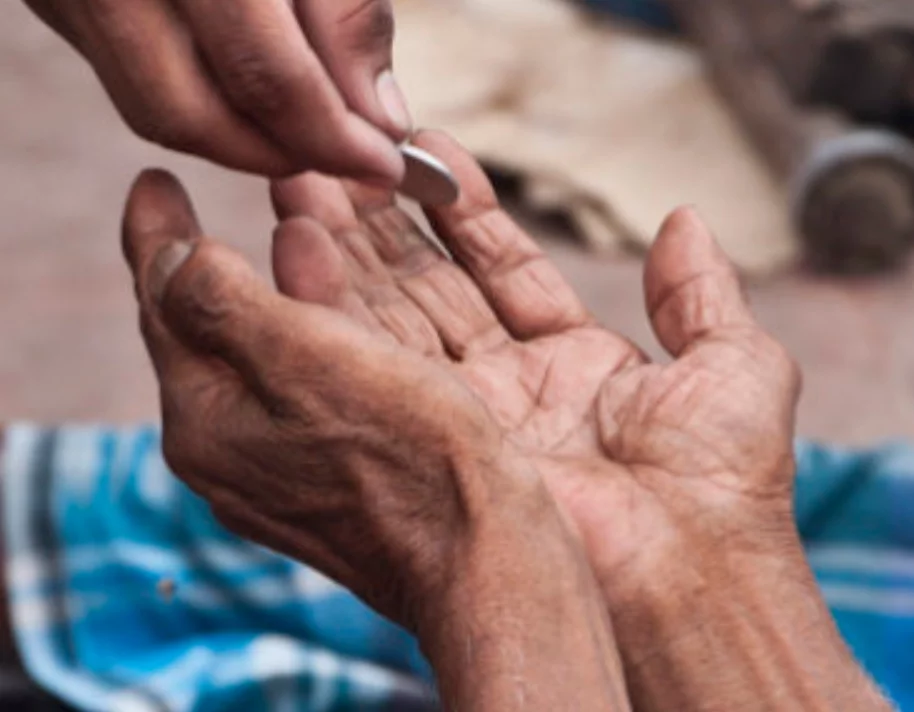In a significant step towards achieving a ‘Bhiksha-Vritti Mukt Bharat’ (beggary-free India), the Central government has designated 30 cities nationwide for a comprehensive survey and rehabilitation program targeting adults, particularly women and children, involved in begging. Led by the Ministry of Social Justice and Empowerment, the initiative aims to assist district and municipal authorities in identifying and addressing beggary ‘hotspots’ in these cities by the year 2026. This effort falls under the sub-scheme known as ‘Support for Marginalised Individuals for Livelihood and Enterprises’ (SMILE). Selected based on their religious, historical, or tourism significance, the chosen cities range from Ayodhya in the north to Guwahati in the east, Trimbakeshwar in the west to Thiruvananthapuram in the south.
Ayodhya’s Shabari Rasoi restaurant has attracted attention after a Rs 252 bill for tea and toast went viral. To ensure effective monitoring and implementation, the ministry plans to launch a national portal and a mobile app by mid-February. These platforms will enable real-time updates on individuals identified in begging activities, ensuring improved coordination and intervention strategies.
Action plans have been received from 25 cities, but consent is still pending from Kangra, Cuttack, Udaipur, and Kushinagar. Interestingly, authorities in Sanchi have reported zero instances of begging in their area, leading to the consideration of including another city. Conversely, cities like Kozhikode, Vijayawada, Madurai, and Mysuru have already concluded their surveys.
The implementation roadmap involves multiple stages, including surveying, mobilization, rescue, relocation to shelters, and comprehensive rehabilitation. This rehabilitation process encompasses education, skill development, and employment opportunities aimed at facilitating the reintegration of individuals into mainstream society.
The implementation road map consists of several stages, starting with surveys, followed by mobilization, rescue operations, relocation to shelters, and finally, comprehensive rehabilitation. This rehabilitation process includes provisions for education, skill development, and employment opportunities, with the overarching goal of facilitating the seamless reintegration of individuals into mainstream society.
👉 Click here to read the latest Gujarat news on TheLiveAhmedabad.com




